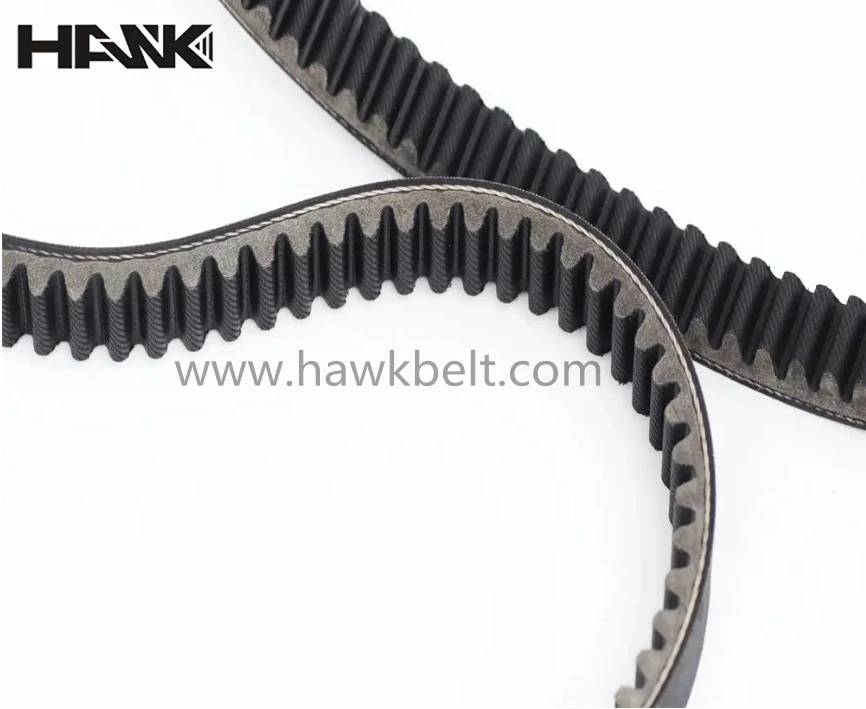- Arabic
- French
- Russian
- Spanish
- Portuguese
- Turkish
- Armenian
- English
- Albanian
- Amharic
- Azerbaijani
- Basque
- Belarusian
- Bengali
- Bosnian
- Bulgarian
- Catalan
- Cebuano
- Corsican
- Croatian
- Czech
- Danish
- Dutch
- Afrikaans
- Esperanto
- Estonian
- Finnish
- Frisian
- Galician
- Georgian
- German
- Greek
- Gujarati
- Haitian Creole
- hausa
- hawaiian
- Hebrew
- Hindi
- Miao
- Hungarian
- Icelandic
- igbo
- Indonesian
- irish
- Italian
- Japanese
- Javanese
- Kannada
- kazakh
- Khmer
- Rwandese
- Korean
- Kurdish
- Kyrgyz
- Lao
- Latin
- Latvian
- Lithuanian
- Luxembourgish
- Macedonian
- Malgashi
- Malay
- Malayalam
- Maltese
- Maori
- Marathi
- Mongolian
- Myanmar
- Nepali
- Norwegian
- Norwegian
- Occitan
- Pashto
- Persian
- Polish
- Punjabi
- Romanian
- Samoan
- Scottish Gaelic
- Serbian
- Sesotho
- Shona
- Sindhi
- Sinhala
- Slovak
- Slovenian
- Somali
- Sundanese
- Swahili
- Swedish
- Tagalog
- Tajik
- Tamil
- Tatar
- Telugu
- Thai
- Turkmen
- Ukrainian
- Urdu
- Uighur
- Uzbek
- Vietnamese
- Welsh
- Bantu
- Yiddish
- Yoruba
- Zulu
දෙසැ. . 15, 2024 22:06 Back to list
Understanding the Benefits and Uses of Flat Leather Drive Belts in Machinery
Understanding Flat Leather Drive Belts
Flat leather drive belts have been a cornerstone of mechanical engineering for centuries. Their design, functionality, and versatility have endured through time, adapting to the needs of various industrial applications. In this article, we will explore the characteristics, benefits, historical significance, and modern applications of flat leather drive belts.
Characteristics of Flat Leather Drive Belts
Flat leather belts are typically made from high-quality vegetable-tanned leather, which gives them remarkable strength and flexibility. The belts have a flat profile, allowing them to run efficiently over pulleys without slipping. Due to their construction, these belts can transmit power effectively between rotating shafts, which makes them integral to various machinery.
The thickness, width, and length of flat leather belts can vary based on their intended use. Manufacturers often provide pads on the inner surface to increase friction and enhance grip, thus providing better torque transmission. Additionally, these belts can be conditioned with oils or waxes to improve their durability and resistance to wear.
Historical Significance
The use of flat leather drive belts dates back to the Industrial Revolution in the 18th and 19th centuries. During this time, they were widely utilized in factories to connect engines to machinery. This connection allowed machines to operate independently, revolutionizing production processes. The adaptability of these belts allowed for their integration into various systems, from textile manufacturing to milling operations.
As factories transitioned from steam engines to electric motors, flat leather belts continued to be employed due to their effectiveness in power transmission. The belts provided a reliable method to connect the electric motor to the machinery, allowing for smoother and quieter operations.
Benefits of Flat Leather Drive Belts
flat leather drive belt

One of the foremost advantages of flat leather drive belts is their ability to handle substantial loads with minimal slippage. The natural friction properties of leather make it an ideal material for transmitting power, which is crucial for maintaining machine efficiency and functionality.
Additionally, leather belts are less prone to stretching compared to their rubber counterparts, resulting in a longer lifespan and reduced maintenance costs. They also provide uniform tension across the entire length, thus minimizing wear and tear on both the belt and the pulleys.
Moreover, flat leather drive belts are relatively quiet when in operation, which is an essential feature in environments where noise reduction is a priority. As they age, these belts can even take on a patina that enhances their aesthetic appeal, making them suitable for applications where both functionality and appearance matter.
Modern Applications
In contemporary settings, flat leather drive belts continue to be relevant in various industries, including woodworking, textile production, and agriculture. Vintage machinery enthusiasts appreciate their use in restoring classic machines, as the belts align with the original design specifications.
Furthermore, modern artisans and craftspeople often prefer flat leather belts in specialized applications such as bicycle mechanisms, vintage automobiles, and handcrafted tools. The focus on sustainable materials has also revived interest in leather, as manufacturers look for eco-friendly alternatives to synthetic materials.
With the growing trend of restoring and preserving traditional machines, flat leather drive belts remain a popular choice. They are not only functional but also bring a sense of nostalgia and craftsmanship to mechanical systems.
Conclusion
Flat leather drive belts have a rich history and a notable place in modern industries. Their strengths lie in their adaptability, durability, and efficient power transmission capabilities. As technology continues to evolve, the demand for these traditional belts remains strong, highlighting their timeless relevance in a rapidly changing world. Whether in industrial machinery or artisanal projects, flat leather drive belts serve as a testament to the enduring power of traditional materials in contemporary applications.
-
Korean Auto Parts Timing Belt 24312-37500 For Hyundai/Kia
NewsMar.07,2025
-
7PK2300 90916-T2024 RIBBED BELT POLY V BELT PK BELT
NewsMar.07,2025
-
Chinese Auto Belt Factory 310-2M-22 For BMW/Mercedes-Benz
NewsMar.07,2025
-
Chinese Auto Belt Factory 310-2M-22 For BMW/Mercedes-Benz
NewsMar.07,2025
-
90916-02660 PK Belt 6PK1680 For Toyota
NewsMar.07,2025
-
drive belt serpentine belt
NewsMar.07,2025

